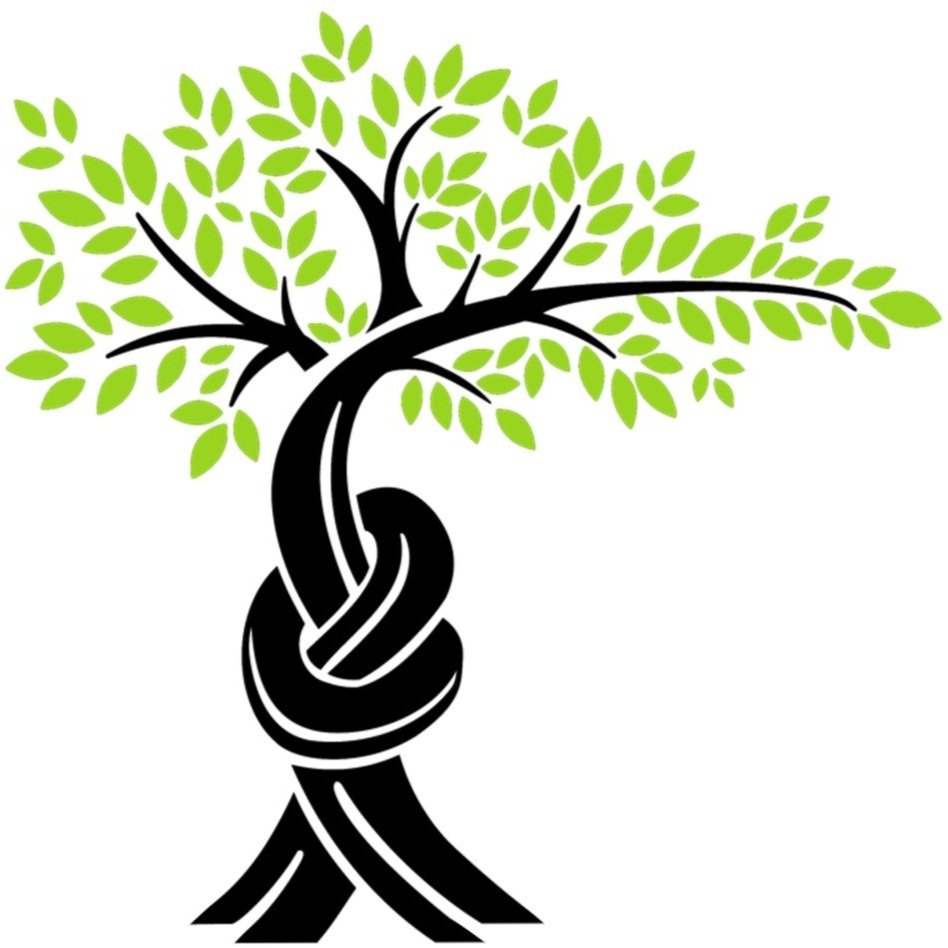Hedge Trimming: Maintaining Healthy and Beautiful Hedges
Hedge trimming is an essential aspect of tree care that helps to maintain the health and appearance of your hedges. Whether you are a homeowner, a landscaper, or a property manager, it is important to understand the basics of hedge trimming and the factors that should be considered to ensure that your hedges are healthy and beautiful.
Why Trim Your Hedges?
There are several reasons why you may need to trim your hedges, including maintaining their shape, promoting healthy growth, and preventing disease. Additionally, trimming your hedges can help to maintain their shape and improve their overall appearance, making them a valuable addition to your landscape.
Considerations Before Trimming Your Hedges
Before you begin trimming your hedges, it is important to consider several factors, including the type of hedge, the time of year, and the tools you will need. The type of hedge you have will impact the frequency and timing of trimming, as some types of hedges require more frequent trimming than others.
The time of year is a key factor to consider when trimming your hedges, as different types of hedges may have different trimming requirements based on their growth patterns and natural cycles. For example, some hedges may need to be trimmed during the growing season to maintain their shape, while others may need to be trimmed during the dormant season to promote healthy growth.
Finally, it is important to consider the tools you will need for hedge trimming, including manual or powered hedge trimmers, loppers, and saws. The size, type, and condition of your hedge will all impact the tools you will need, and it is important to choose the right tools for your hedge trimming needs.
The Hedge Trimming Process
The hedge trimming process typically begins with a thorough evaluation of your hedge, including its size, shape, and condition. Based on this evaluation, you can determine the best approach for trimming your hedge, taking into account the type of hedge, the time of year, and the tools you will need.
Once you have determined the best approach for trimming your hedge, you can begin the trimming process, using the appropriate tools and techniques to achieve the desired result. For example, if you are trimming a formal hedge, you may use manual or powered hedge trimmers to achieve a clean, straight edge.
When trimming your hedge, it is important to take care to avoid damaging the hedge or surrounding landscape. You should also be mindful of the natural growth patterns of your hedge, avoiding over-trimming that can damage the hedge or limit its ability to grow and thrive.
Hiring a professional to trim your hedges is recommended for their expertise in safe and efficient trimming, avoiding damage to the hedge or surrounding landscape, and providing expert advice to ensure healthy and beautiful results.
After you have trimmed your hedge, it is important to clean up the site, removing any debris and monitoring the hedge for any signs of stress or damage. With proper care and attention, your hedge can continue to thrive and provide valuable benefits to your landscape for years to come.
Conclusion
Hedge trimming is an essential aspect of tree care that helps to maintain the health and appearance of your hedges. Whether you are a homeowner, a landscaper, or a property manager, it is important to understand the basics of hedge trimming and the factors that should be considered to ensure that your hedges are healthy and beautiful. By taking the time to properly trim your hedges, you can enhance their beauty, promote healthy growth, and preserve their value as an important part of your landscape.
